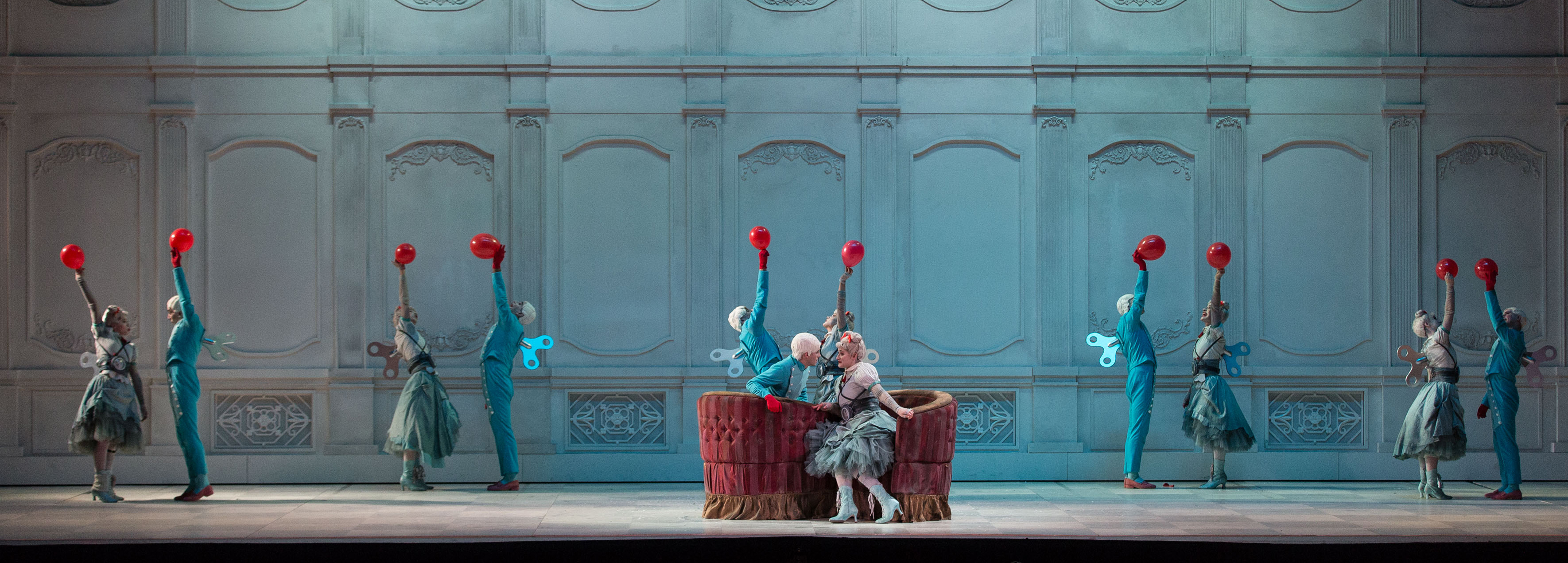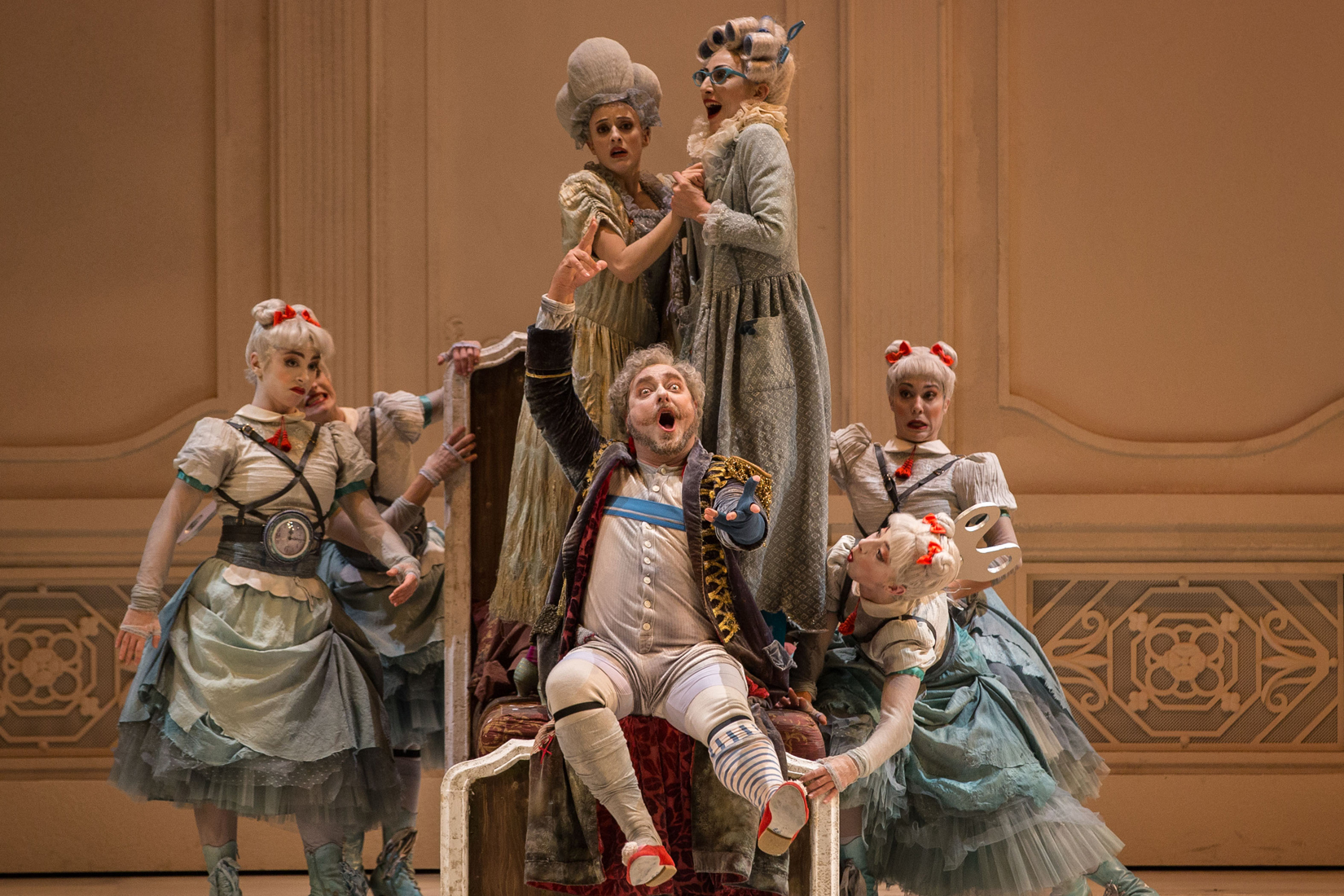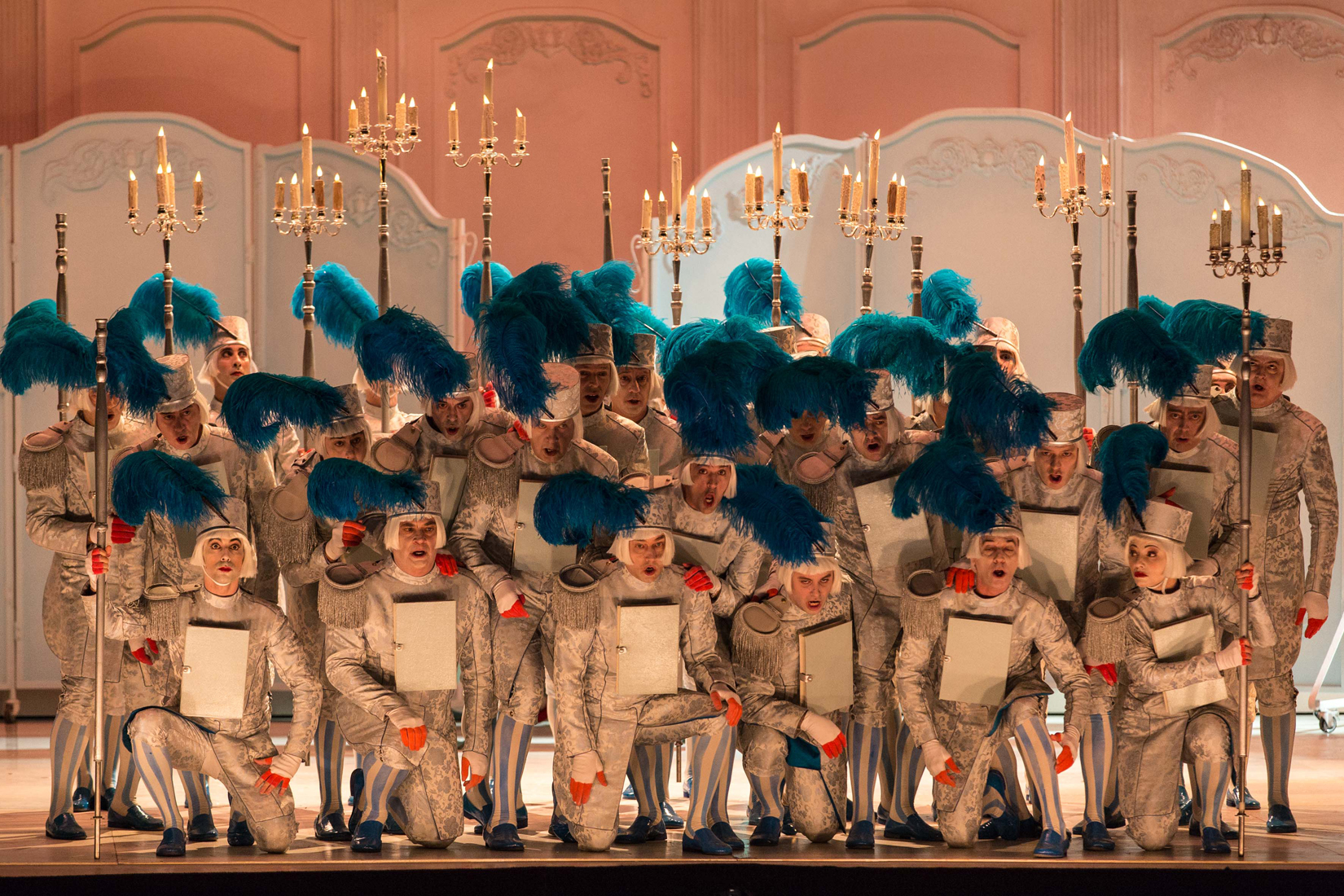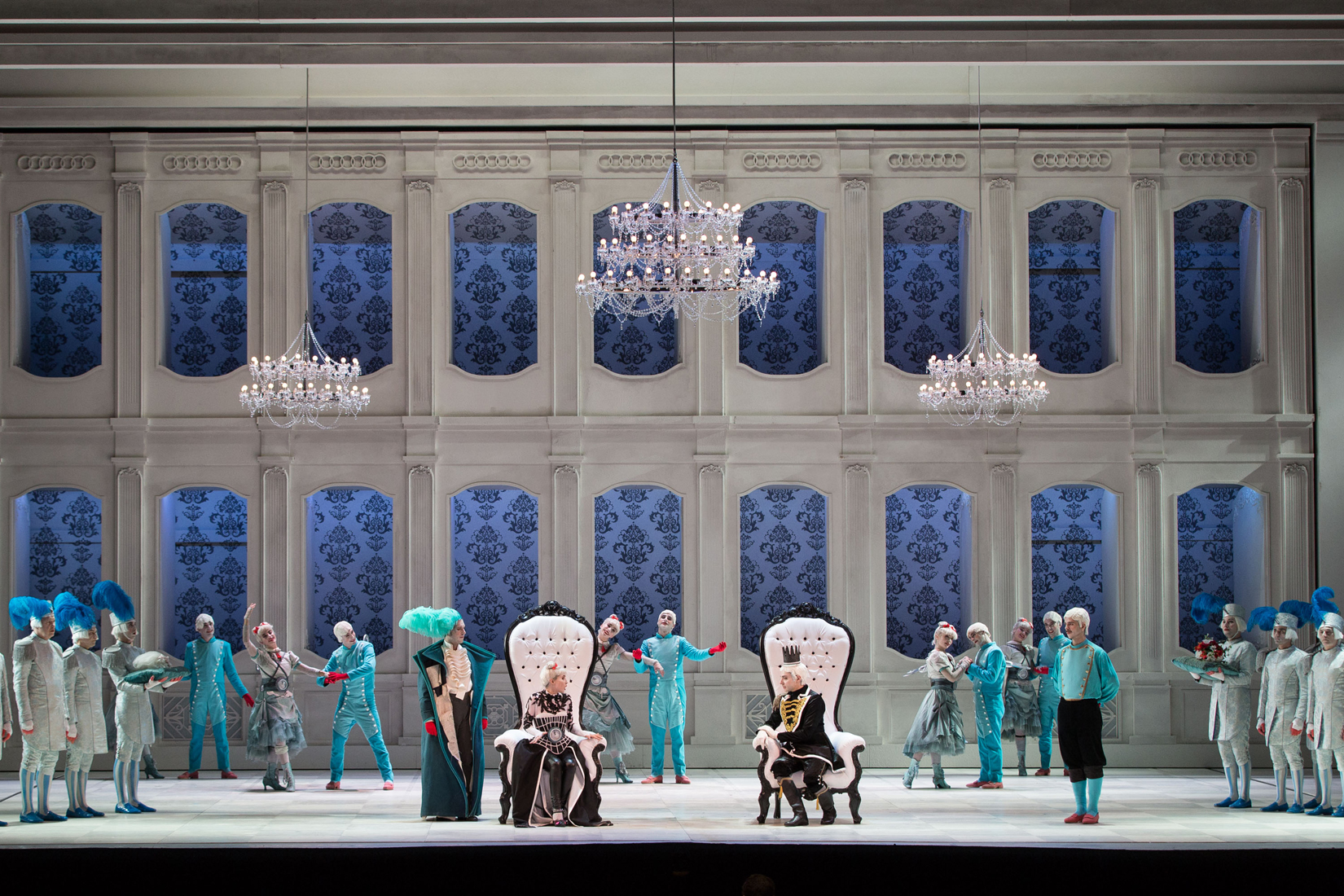
Premiered in Rome in 1817, La cenerentola – an adaptation of Charles Perrault's tale Cendrillon – is Rossini's last great comic opera. At the same time, it is a work with a prominent moral message. Based on these principles – humor and denunciation of harassment against the weak –, Emma Dante presents a production that balances fantasy and moral, led in its main roles by tenor Javier Camarena and mezzo-soprano Maria Kataeva.
When Rossini composed his opera, two well-known versions of Cinderella's tale circulated in Europe. The main one was Charles Perrault's, Cendrillon, written in 1697 – it was not an original idea of his, it came from earlier sources, but it was the first to spread among a wide audience –, and at the beginning of the 19th century, the German version by the Brothers Grimm was published. Both Rossini and his librettist, Jacopo Ferretti, were familiar with the original French, and if something was well understood in children's fairy tales, it was that, beyond being amazing stories with an important magical background, they aimed above all to educate and impart behavior. This tale, in short, has a moral, which in this case is summarized in the idea that kindness ends up being rewarded, and that evil deserves punishment. Hence the strong contrast between the protagonist – who in the opera, not by chance, is called Angelina: undoubtedly a celestial girl, an angel, pure goodness without nuances – and her family, which treats her with meanness.

In children's tales, the moral is always a very general idea – as she is good, the protagonist gets the biggest prize, which is the love of the prince –, but in its scenic version directed by Emma Dante, this Cinderella arriving now at the Liceu wants to address more concrete and updated situations. Dante is an important Italian theater and film director with a long career of decades. Among her films are Via Castellana Bandiera (2013), The Macaluso Sisters (2020), and the recent Misericordia (2023), and on occasions, she has also directed opera. This version of La cenerentola, in fact, stems from a commission from the Teatro dell'Opera di Roma to commemorate the bicentennial of its absolute premiere in 1817, at the historic Teatro Valle.
“Theater and film director Emma Dante applies aesthetic ideas of pop surrealism to this production and accompanies the action with ballet and abundant mime numbers”
Emma Dante proposes a very broad interpretation of the opera, which is a comedy in the best Rossinian tradition but also addresses situations typical of semiserious opera, i.e., those in which dramatic situations are present that add seriousness to the story, not just humor, nonsense, and fun. After all, Angelina's presentation in the first act is more depressing than funny: while her stepsisters display ridiculous vanity, she receives degrading treatment from her family. And it is this circumstance that serves Dante to develop her scenic approach, which involves complementing the comedy with moments of denunciation that touch on aspects such as harassment and gender violence. For example, at the end of the opera, before the curtain falls, and when we celebrate Angelina's fortune – she is going to marry Prince Don Ramiro – her stepsisters, Tisbe and Clorinda, choose to commit suicide on stage, thus receiving a harsh punishment for their selfish and cruel behavior during the opera. If the moral indicates that evil has punishment, the sisters receive the maximum penalty.

On the other hand, La cenerentola is a fairy tale. In Rossini's opera, there is no magic, but the charm and amazement of Perrault's story are preserved, as the improbable is realized – the triumph of the marginalized girl – through imagination and kindness. And here Dante does not skimp on fantasy, turning the production into an experience close to pop surrealism. The two acts of the opera take place in a unique space: a hall with mirrors that occupies the entire stage – with side entrances and at the back, allowing constant circulation of characters –, and serves as a space for Don Magnifico's house and the prince's palace. The costumes are period-appropriate – a regression to Rossini's time –, but the dramaturgy is modern, a contrast between the classic and the daring that ends up being, as Dante herself says, surreal and pop.
“Without losing sight of the comic aspect of the opera, Dante also seeks to enhance its more serious aspects, subtly commenting on the psychology of the characters”
And in that, the constant participation of a ballet is of great importance. In this production, every action of the characters on stage is accompanied by complementary movements from a group of extras and dancers, who not only help to intensify the comic effect – with all the speed and sense of chaos that characterizes Rossini's comic operas – but also offer a reading of the internal psychology of each role because it is not only important what they do and say, based on devilish music, but also what they think and feel. Thus, one can follow Angelina's emotional journey, from the depression caused by being a victim of bullying to her final redemption thanks to the prince's love, obtained not by the man's whim but by her tenacity and intelligence: needless to say, this kind and insightful Angelina also incorporates an emancipatory feminist nuance. Overall, it is a production that achieves its two objectives: to entertain us as Rossini intended, and to add to that happiness a serious note, an important message because, let's not forget, in tales, the moral lesson is as important as the good time we have reading them.


